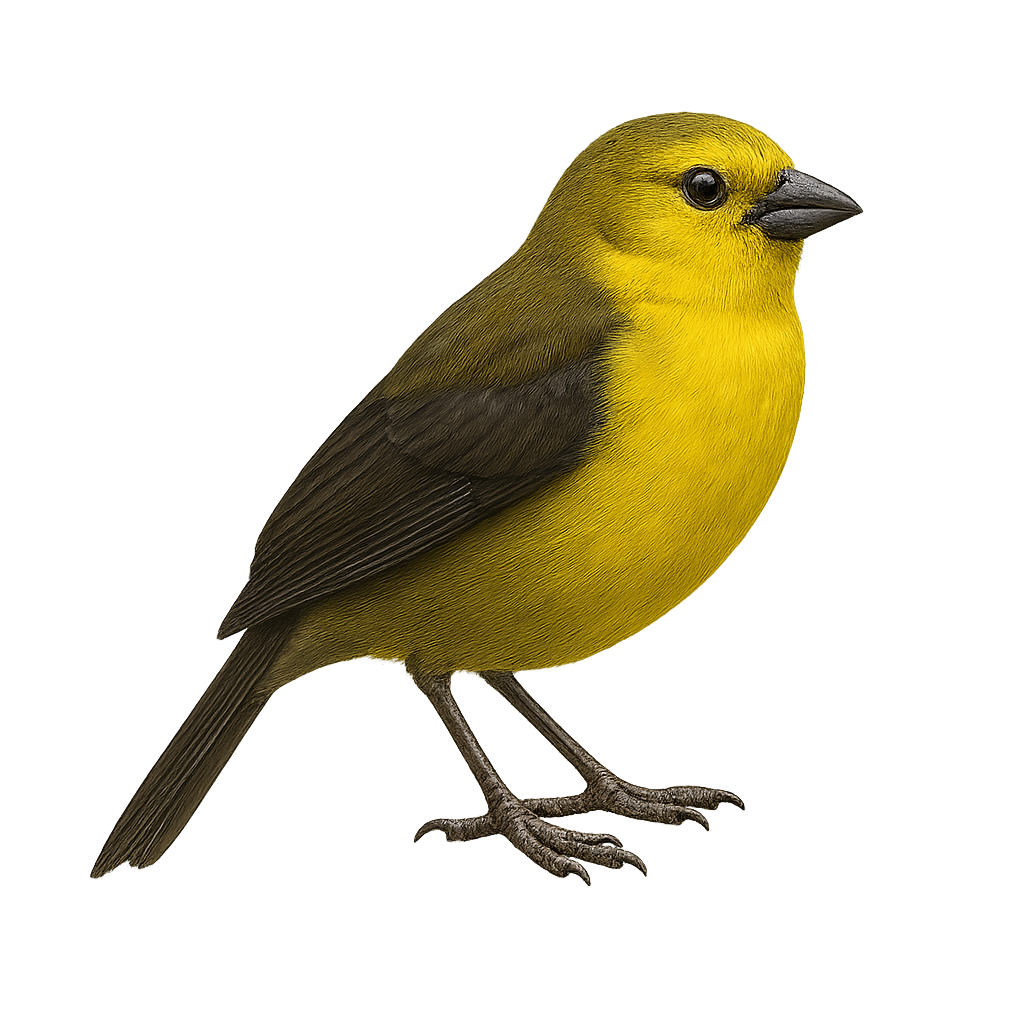Your wildlife photography guide.
Explore the yellow-headed brushfinch in detail, study its behavior, prepare your shots.
Where to observe and photograph the yellow-headed brushfinch in the wild
Learn where and when to spot the yellow-headed brushfinch in the wild, how to identify the species based on distinctive features, and what natural environments it inhabits. The WildlifePhotographer app offers tailored photography tips that reflect the yellow-headed brushfinch’s behavior, helping you capture better wildlife images. Explore the full species profile for key information including description, habitat, active periods, and approach techniques.
Yellow-headed Brushfinch
Scientific name: Atlapetes flaviceps

IUCN Status: Vulnerable
Family: PASSERELLIDAE
Group: Birds
Sensitivity to human approach: Suspicious
Minimum approach distance: 10 m
Courtship display: April to June
Incubation: 13-15 jours
Hatchings: April to July
Habitat:
Montane humid forests, dense undergrowth
Activity period :
Primarily active during the day, with peak activity in the morning and late afternoon.
Identification and description:
The Yellow-headed Brushfinch, Atlapetes flaviceps, is a bird endemic to Colombia, primarily found in montane humid forests. It is distinguished by its bright yellow head contrasting with its grey and black body. This species prefers dense undergrowth where it feeds on fruits, insects, and seeds. Although discreet, the Yellow-headed Brushfinch is often detected by its melodious song. Unfortunately, deforestation threatens its natural habitat, classifying it as a vulnerable species. Conservation efforts are crucial for its survival. Ornithologists and bird enthusiasts particularly appreciate its beauty and intriguing behavior, although it can be challenging to observe due to its wary nature.
Recommended lens:
400 mm – adjust based on distance, desired framing (portrait or habitat), and approach conditions.
Photography tips:
To photograph the Yellow-headed Brushfinch, focus on montane humid forests where it is most active. Use a 400mm or longer telephoto lens to capture detailed images without disturbing the bird. Be patient and discreet, as this species is wary. Listen for its song to locate its position. Favor early morning hours when the light is soft and activity is at its peak. A tripod can be helpful to stabilize your camera in dense undergrowth.
The WildlifePhotographer App is coming soon!
Be the first to explore the best nature spots, track rutting seasons, log your observations, and observe more wildlife.
Already 1 431 wildlife lovers subscribed worldwide

